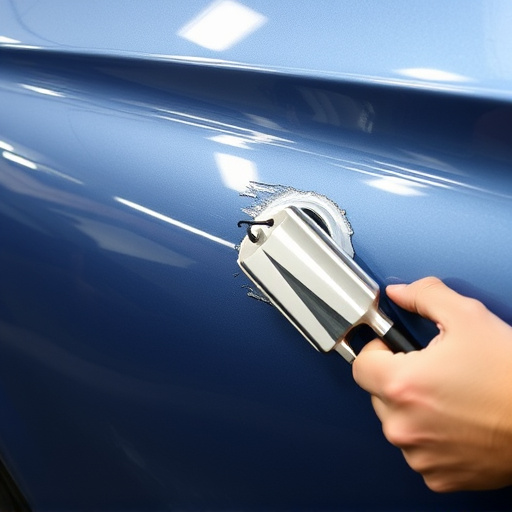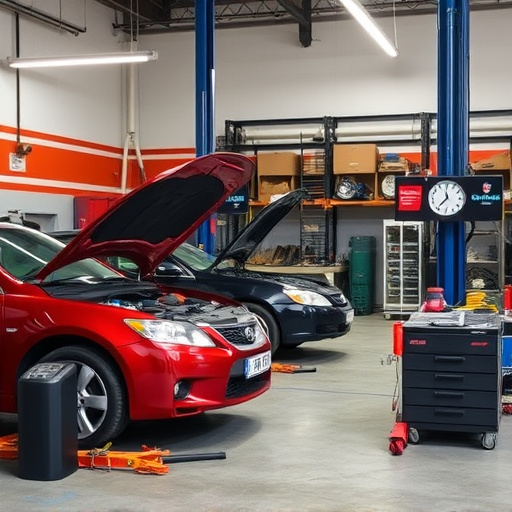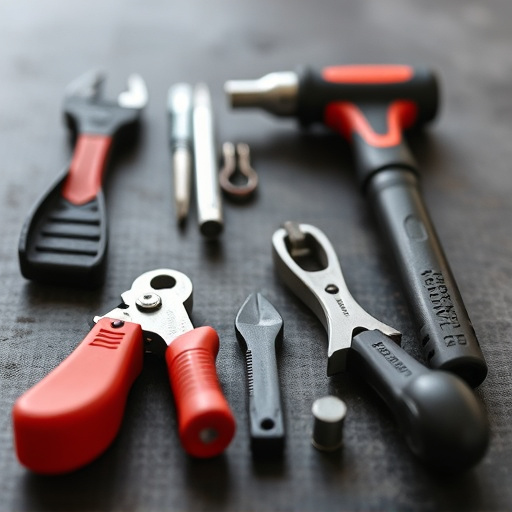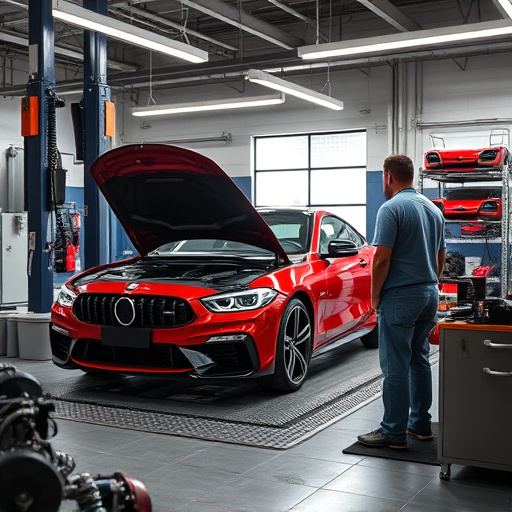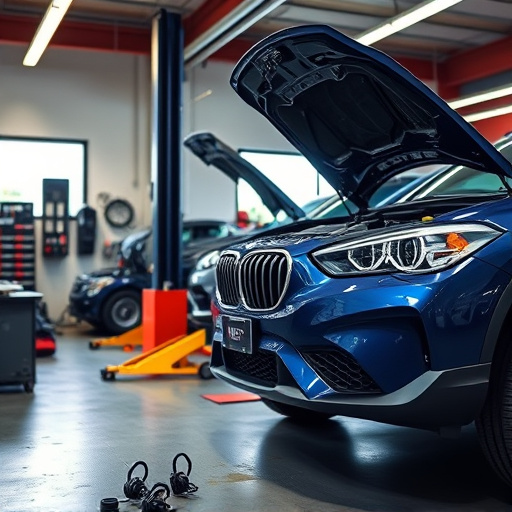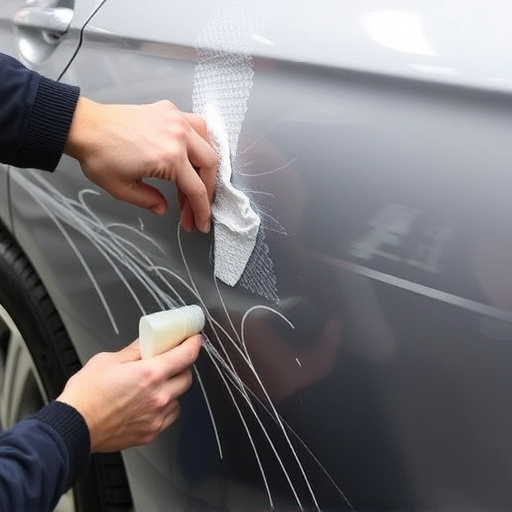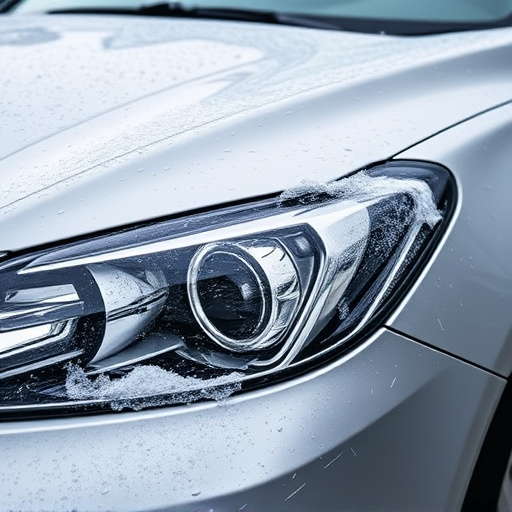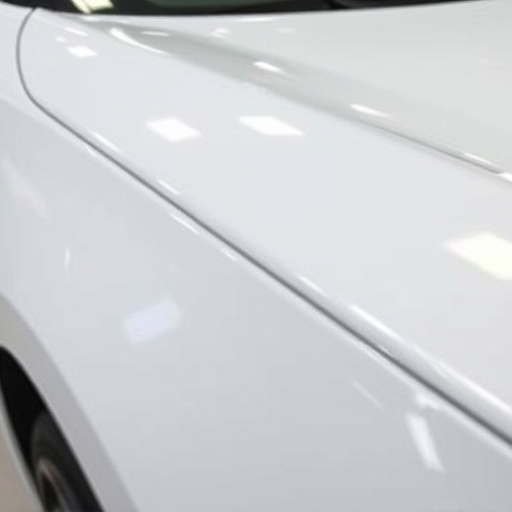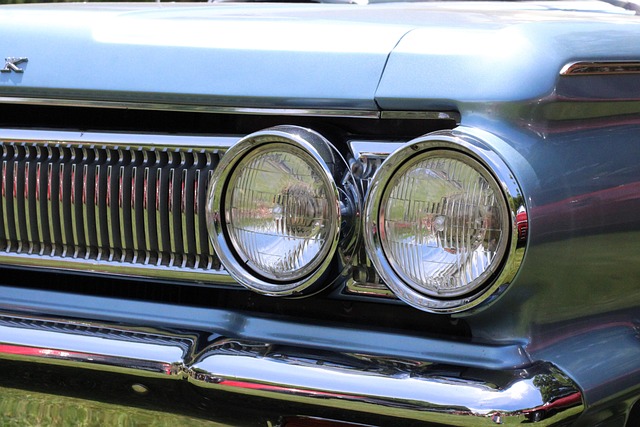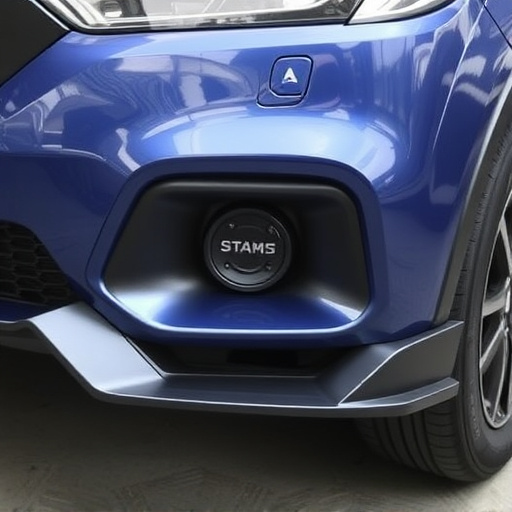Mastering modern vehicle safety systems, including airbags, seatbelts, and ABS, is vital in auto body collision repair for both structural integrity and occupant protection. Precise calibration according to manufacturer guidelines ensures optimal performance, with even minor errors potentially leading to severe outcomes. This holistic approach improves repair quality, especially in complex cases, guaranteeing flawless safety feature function and restoring vehicles to pre-accident condition.
In the realm of auto body collision repair, ensuring safety isn’t just an option—it’s paramount. Modern vehicles are equipped with sophisticated safety systems that require meticulous calibration during the repair process to maintain optimal performance and protect occupants. This article delves into the intricacies of safety systems calibration, highlighting its significance in auto body collision repair and providing a step-by-step guide to ensure key features function at peak efficiency.
- Understanding Safety Systems in Auto Body Collision Repair
- Importance of Accurate Calibration for Safe Vehicles
- Step-by-Step Guide: Calibrating Key Safety Features
Understanding Safety Systems in Auto Body Collision Repair
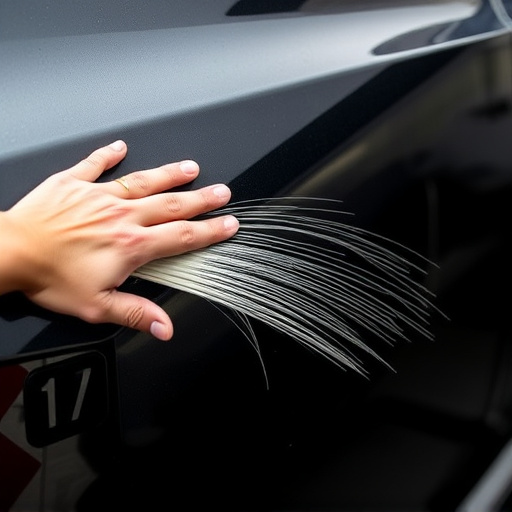
In the realm of auto body collision repair, understanding and mastering safety systems is paramount. Safety features such as airbags, seatbelts, and anti-lock braking systems (ABS) are integral components of modern vehicles, designed to protect occupants during accidents. For technicians engaged in auto body collision repair, ensuring these systems function optimally after a crash is non-negotiable. This involves sophisticated calibration processes that align with manufacturer guidelines to guarantee safety and performance.
Navigating the intricate web of safety systems requires specialized knowledge and equipment. Auto body collision repair professionals must be adept at diagnosing and calibrating various sensors, actuators, and control modules. Moreover, they need to consider interdependencies among systems like airbag deployment, crumple zones, and tire services, all while ensuring compatibility with advanced driver-assistance systems (ADAS). This holistic approach ensures not just the structural integrity of vehicles, but also the safety of their occupants, making it a cornerstone in the meticulous process of classic car restoration or any contemporary auto painting endeavor.
Importance of Accurate Calibration for Safe Vehicles
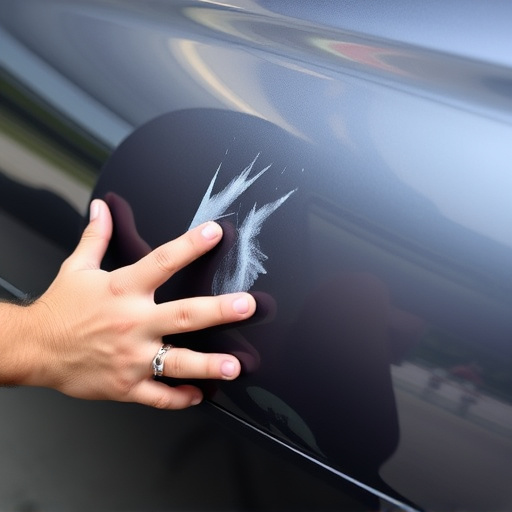
In the intricate world of auto body collision repair, accurate calibration of safety systems is paramount for ensuring the safety and reliability of vehicles post-repair. Every component, from airbags to brake mechanisms, relies on precise settings to function optimally during an emergency. Even a minor calibration error can lead to life-threatening consequences, underscoring the critical nature of this process.
A well-calibrated system enhances the overall effectiveness of autobody repairs, especially in complex cases involving car dent repair or car damage repair. It ensures that safety features operate as designed, providing drivers and passengers with the best possible protection. By maintaining accurate calibration standards, collision repair specialists can confidently restore vehicles to their pre-accident condition, fostering peace of mind for those who depend on them.
Step-by-Step Guide: Calibrating Key Safety Features
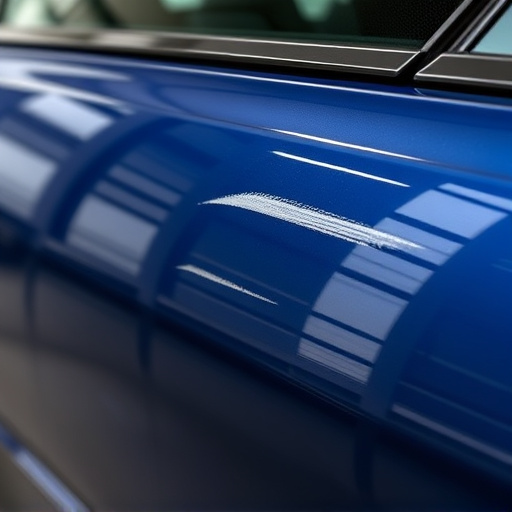
In the realm of auto body collision repair, ensuring the meticulous calibration of safety systems is paramount to the success and integrity of the restoration process. This step-by-step guide aims to illuminate the critical components involved in calibrating key safety features, a process that varies slightly depending on vehicle types, from standard cars to luxury vehicle repairs.
The journey begins with identifying the specific safety systems within the damaged vehicle, such as airbags, seatbelts, and anti-lock braking systems (ABS). Each system must be carefully inspected for any signs of malfunction or damage during the collision. Subsequently, technicians employ specialized tools to adjust and fine-tune these mechanisms, adhering to the manufacturer’s guidelines. This involves setting the appropriate tension on seatbelts, configuring airbag deployment parameters, and calibrating ABS sensors for optimal performance. Through this precise calibration, the vehicle restoration ensures not only aesthetic correctness but also the highest level of safety during operation, regardless of whether it’s a car collision repair or luxury vehicle repair.
In the realm of auto body collision repair, ensuring safe vehicles is paramount. Accurate calibration of safety systems, from airbag deployment to braking mechanisms, plays a crucial role in protecting occupants and preventing secondary accidents. By understanding these systems and following proper calibration procedures outlined in this guide, repair professionals can significantly enhance vehicle safety. Embracing these practices is not just about adhering to standards but also ensuring peace of mind for drivers and passengers alike on the road.

